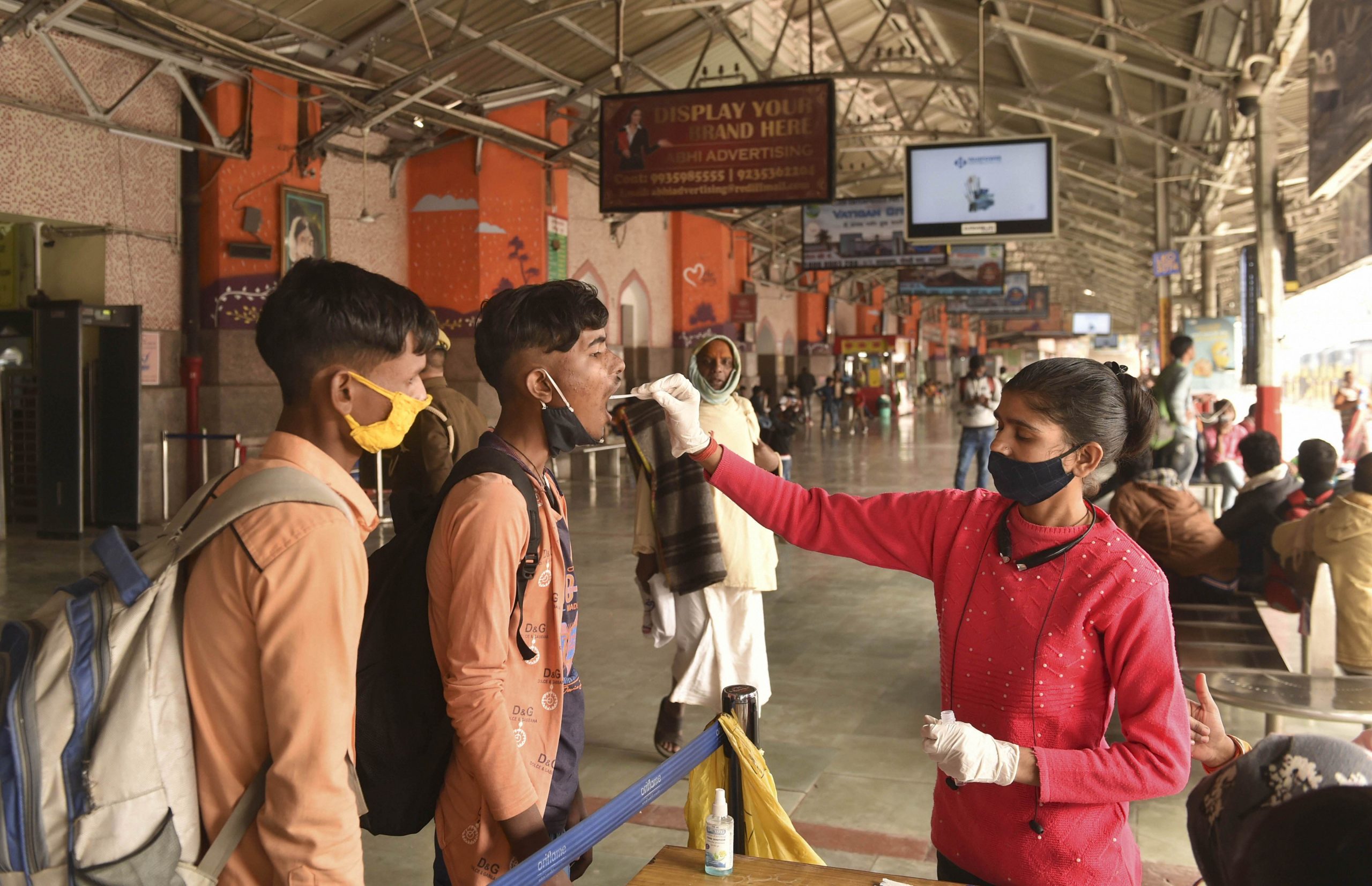India jumped 19 places in Bloomberg’s COVID Resilience Ranking of the best and worst places to be during the pandemic, marking a significant improvement for a country that earlier this year experienced the world’s fastest-growing COVID outbreak.
The country is ranked 26th in the monthly snapshot, which measures where the virus is being dealt with the most effectively while causing the least amount of social and economic disruption. The table ranks 53 major economies based on 12 data points related to virus containment, economic growth, and globalisation.
Also Read | India reports 8,954 COVID cases, 267 deaths in last 24 hours
India’s improved performance is primarily due to a rapid economic reopening following a decline in daily infections and a slow vaccination campaign gaining traction. More than a billion doses have now been administered in the country.
High levels of natural immunity may also play a role in preventing infections in the country, with previous infection rates as high as 97% in some areas, according to some serological surveys. After reporting a world-record of more than 400,000 cases per day in early May as the delta variant ravaged the crowded country of nearly 1.4 billion people, pushing its health-care system to the brink of collapse, new infections have now dropped to less than 7,000.
Also Read | Will Omicron spur COVID vaccine mandates in more countries?
What factors aided India’s performance?
The biggest contributor to India’s rise in November was the reopening of its borders to vaccinated travellers from all over the world, which is one of the 12 indicators that make up a country’s COVID Resilience score. This placed it in a group of Western developed economies that are welcoming visitors back.
The increase in flight capacity in November compared to the same period in 2019, as people resumed business and leisure travel, is the second driver for India’s rise. Domestic travel traffic had been recovering for a few months, but with the addition of international flights, India is now in the top ten countries for Flight Capacity Recovery.
While official cases continue to rise by the thousands on a daily basis, India’s vast population means that its per capita infection rate has dropped to just 23 per 100,000 people in November, almost as low as the Ranking’s November No. 1 country, the United Arab Emirates.
A blistering GDP growth rate of 9.5% in fiscal year 2022, one of the highest in the world, also aided its performance.
What does the situation on the ground look like now?
After cases remained low despite the country’s peak festival season, most restrictions across states that oversee public health matters have been eased in recent months.
Malls, schools, restaurants, cinemas, and bars have reopened, and many businesses are encouraging workers to return to work.
With the rise of the omicron variant, Indian health officials have reinstated airport testing and home quarantine for fully-vaccinated visitors from areas where omicron cases have been detected. Although no cases of the new variant have been reported in the country, scientists believe that omicron is likely going undetected so far.
What does India need to do to further improve its ranking?
According to anecdotal evidence, health workers in rural areas are having difficulty convincing residents to return for the second dose, and under-18s, who make up a third of India’s population, are still ineligible for vaccination.
In addition, the country has patchy and insufficient genome sequencing, which means it is unable to identify and track new variants quickly enough. Despite soaring infection rates, Prime Minister Narendra Modi’s government has been chastised for downplaying early warning signs of delta’s existence before it was identified as a variant of concern in May, allowing mass public gatherings to continue during state elections and religious events.
The emergence of omicron, which has been identified in more than a dozen countries within a week of being sequenced, is re-igniting fears that India might again be too slow to respond to a new variant. Its high level of reopening means that any resurgence of the virus will spread more rapidly than in places where containment measures are still in place, a situation in which India’s fall down the Ranking would again be swift.







